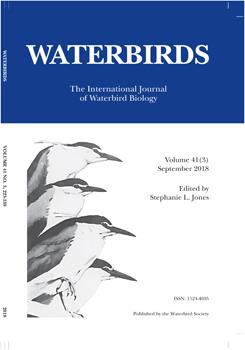Kelp Gull (Larus dominicanus) foraging patterns were studied by deploying GPS loggers on 20 incubating individuals at their colony in the Bahía San Blas protected area, Argentina. Mean number of trips per day was 1.5 ± 0.5, and mean trip duration was 272.6 ± 165.2 min. Mean maximum distance from the colony was 19.6 ± 24.4 km. Incubating Kelp Gulls visited natural and anthropogenic environments. Individuals switched between two or three different habitat types 47% of the time during a given foraging trip. Kelp Gulls showed a differential use of feeding areas, with a significantly higher use of refuse dumps (75%; n = 151 trips) than coastal (47%), terrestrial (10%) and offshore (10%) habitats. In 72% of the recorded trips, Kelp Gulls targeted the dump located in the small town of Bahía San Blas, where waste generated by recreational fishing is regularly disposed. Moreover, most visited shoreline locations were those regularly used by recreational fishers. Despite showing plasticity in foraging habitat use, the local refuse dump and nearby shoreline sites where fish waste is regularly disposed were the main feeding habitats for incubating Kelp Gulls.
How to translate text using browser tools
1 September 2018
Kelp Gull (Larus dominicanus) Use of Alternative Feeding Habitats at the Bahía San Blas Protected Area, Argentina
Tatiana Kasinsky,
Nicolás Suárez,
Cristian Marinao,
Pablo Yorio
ACCESS THE FULL ARTICLE

Waterbirds
Vol. 41 • No. 3
September 2018
Vol. 41 • No. 3
September 2018
anthropogenic food sources
foraging patterns
Kelp Gull
Larus dominicanus
Patagonia
recreational fishing
seabirds




